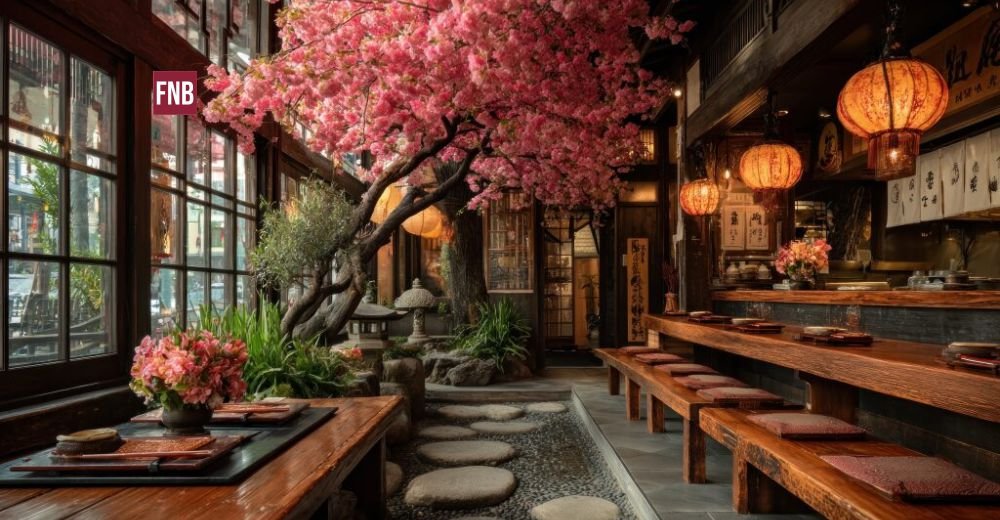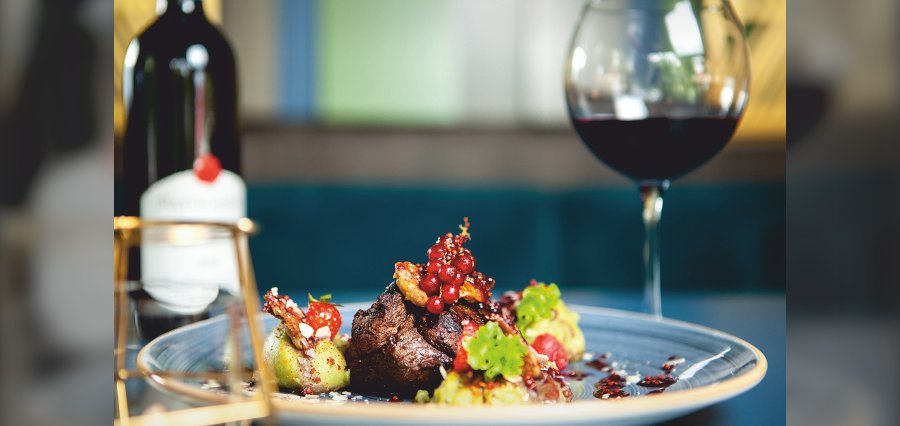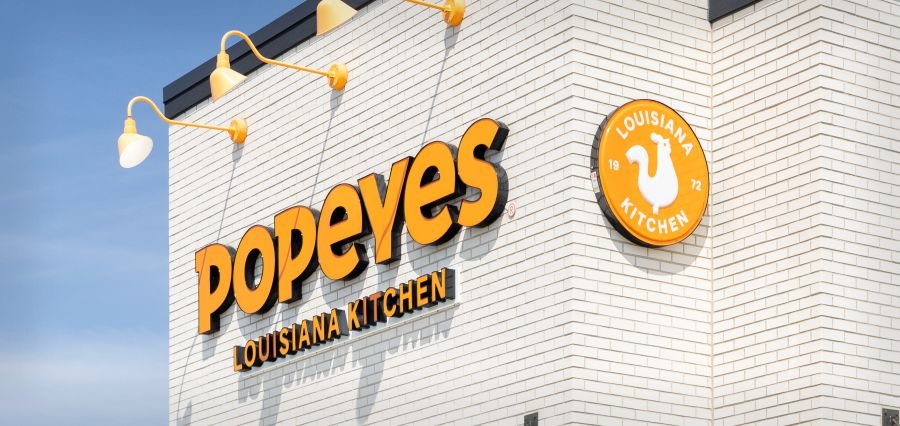Redefining Culinary Experiences
Asia’s dining scene is entering a new and exciting phase where creativity, culture, and technology come together to shape experiences that go beyond the plate. Across busy cities and peaceful getaways, top restaurants in Asia are redefining dining and reimagining how food can tell stories, connect cultures, and honor heritage in fresh, meaningful ways.
This article discusses how the top restaurants in Asia are transforming the way people eat by being creative, traditional and sustainable to present food with distinctive and meaningful experiences.
Culinary Innovation and Fusion
At the center of this change is a wave of creativity that combines the old with the new. Fusion cuisine is a new trend that many chefs are experimenting with, incorporating traditional Asian dishes with new cooking styles. They do not just blend the East and the West, but instead rely on the rich heritage of different regional cuisines in Asia and introduce global elements.
Foods such as coffee with salted egg yolk foam or sashimi with plant-based food demonstrate how chefs are using food to reveal culture and identity through flavor. Both creations are narrations of how Asia honors its heritage as it accommodates transformation. Similarly, the trend has been carried over to innovative restaurants in Tokyo, Seoul, Hong Kong and Singapore, which make each food experience a blend of creativity and tradition.
Technology at the Table
Technology has influenced the way individuals have food. It is also used in restaurants to enhance kitchens as well as to make dining even more personable and interactive.
The smart systems are also applied to suggest dishes and arrange individual dining experiences in many leading restaurants in Asia. AR dining makes meals interactive; the guest can watch a video of a dish on the table or get to know ingredients in 3D, and after that, they can taste it. This combination of food and technology makes the food experience more thrilling and engaging.
There is also technology that alters the way individuals cook and enjoy food at home. Foodpanda, GrabFood, and Zomato allow ordering food in various restaurants easily and conveniently. Cloud kitchens and meal kits provide the flavor of high-end restaurants conveniently in the homes of customers, offering them the chance to experience the flavor of authentic Asian cuisine with minimal effort.
Authenticity and Wellness
Even as innovation grows, authenticity remains the foundation of Asia’s culinary charm. Diners are seeking not only good food but also authentic associations with place and culture. The restaurants respond by focusing on the local produce, traditional food, and local histories, and making each dish a feast of history.
Modern menus are also being affected by health and sustainability. The desire to adopt mindful and healthy food is making regional food manufacturers produce an increasing number of plant-based dishes, such as vegan ramen and tofu dumplings, curries made of jackfruits, and so on.
Immersive Dining Experiences
Dining today is about more than food; it’s about atmosphere, design, and emotion. In top restaurants in Asia, everything from architecture to lighting helps tell a story. Cozy light, ceramic dishes, and vintage decorations make the rooms look personal and filled with personality.
Others are more extreme with digital artwork, projecting on their walls, or interactive tables that respond to touch and movement. These experiences help to make the dining memorable and make a meal an event. These experiences make dining memorable, turning a meal into an event. The goal is to create moments that stay with diners long after they leave.
Conclusion:
The new Asian food culture is not simply a trend; it is a cultural renaissance. The top restaurants in Asia are setting new trends on how food can impact and connect people around the world with the help of new and old technology and authenticity, sustainability, and innovativeness. Food is no longer just a necessity; it is a narrative itself. Each of the dishes, ancient spice mixture or modern idea, is a reflection of people and the places in which they are created.
With Asia still defining world cuisine, diners are likely to experience cuisines and menus that blend tradition and fantasy. The future of food in the area does not only hold new tastes but also new methods of food experience and festivity. In this new era, dining is no longer just about eating; it’s about transformation: of taste, culture, and the shared joy of coming together over food.






